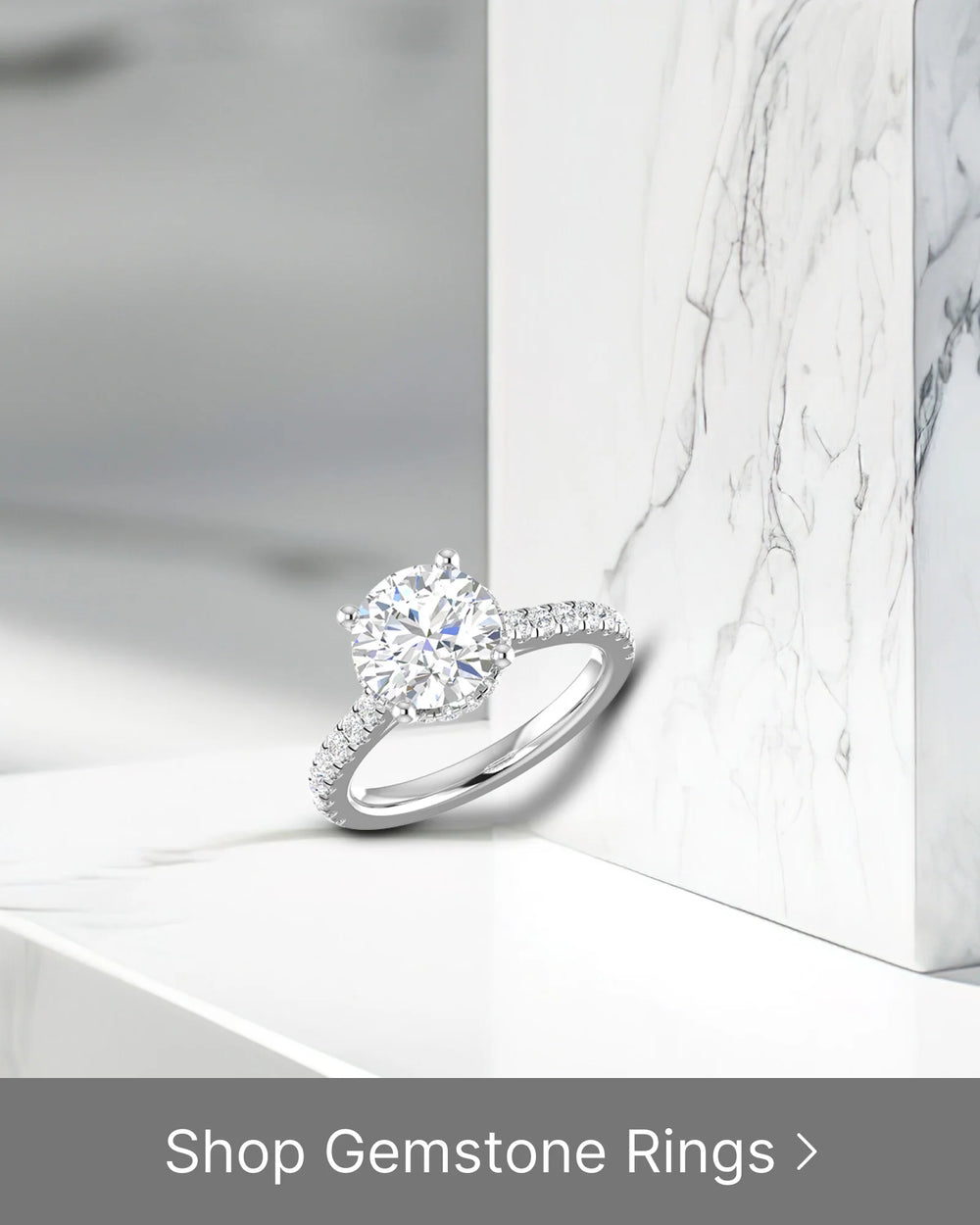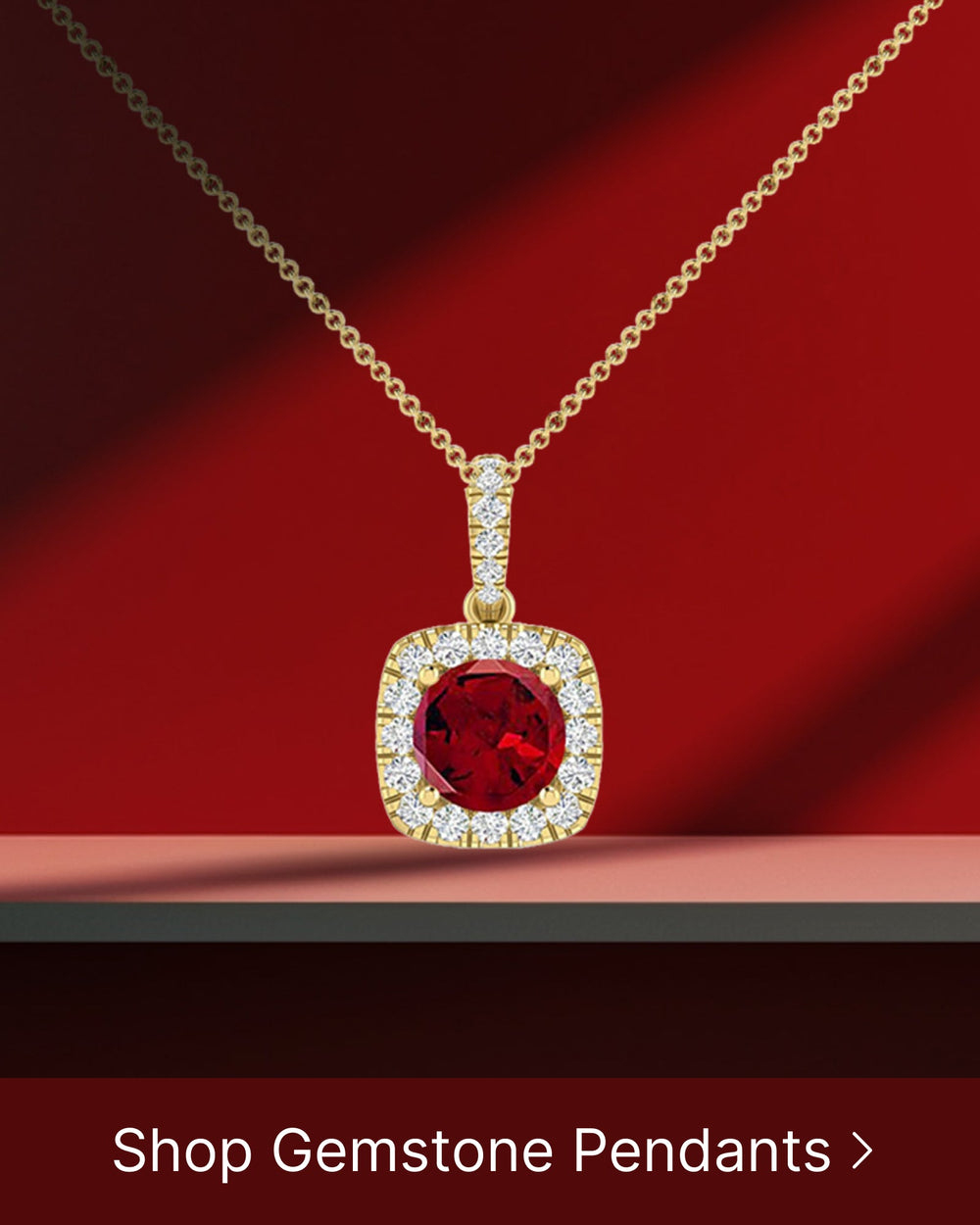Rhodium plating is a popular process used in the jewelry and manufacturing industries to enhance the appearance and properties of various items. It involves applying a thin layer of rhodium, a rare and valuable metal from the platinum family, onto the surface of another metal, typically silver or white gold. This plating gives the object a bright, lustrous, and highly reflective finish, similar to that of white gold or platinum.
Understanding the Basics of Rhodium Plating
Rhodium plating is a straightforward process that involves a few essential steps. Firstly, the object to be plated is thoroughly cleaned to remove any dirt, oils, or residue that may be present on its surface. This ensures that the rhodium adheres properly and produces a smooth and even coating. Additionally, the cleaning process helps to eliminate any potential contaminants that could interfere with the plating process, resulting in a flawless finish.
Next, the item is submerged into an electroplating bath containing a rhodium solution, which is positively charged. The object itself serves as the negatively charged cathode, and as an electric current passes through the bath, rhodium ions are attracted to its surface. This electrochemical process allows for a controlled deposition of rhodium onto the object, ensuring an even and consistent plating.
Finally, the object is removed from the bath, rinsed, and dried, leaving it with a bright and durable rhodium-plated finish. The rinsing step is crucial to remove any excess rhodium solution and prevent any residue from affecting the final appearance of the plated object. Once dried, the rhodium-plated item is ready to be admired for its lustrous and elegant appearance.
The Process of Rhodium Plating
Before the rhodium-plating process begins, it is crucial to prepare the object to be plated properly. This involves cleaning and polishing it to remove any impurities, scratches, or imperfections on its surface. The cleaning process can be done using various methods, such as ultrasonic cleaning or chemical cleaning, depending on the nature of the object and the desired level of cleanliness.
Once the object is cleaned, it is immersed into the rhodium plating solution, where a small electric current is applied. The rhodium solution contains rhodium sulfate, which dissociates into rhodium ions that are attracted to the object's surface. As the positively charged rhodium ions attach themselves to the negatively charged object, they form a layer of rhodium atoms, resulting in a bright and reflective finish.
The duration of the plating process depends on the desired thickness of the rhodium layer and can range from a few minutes to several hours. Thicker layers of rhodium provide increased durability and longevity to the plated object, making it more resistant to wear and tear.
It is worth noting that the success of the rhodium-plating process also depends on factors such as temperature, current density, and the quality of the rhodium solution. These variables need to be carefully controlled to achieve optimal results and ensure a high-quality rhodium-plated finish.
The Origin of Rhodium
Rhodium, named after the Greek word "rhodon" meaning rose, was discovered by English chemist William Hyde Wollaston in 1803. It is one of the rarest and most valuable metals on Earth, with a high melting point and exceptional resistance to corrosion and tarnish. Rhodium belongs to the platinum group metals and is typically found in association with other precious metals such as platinum and palladium.
Due to its rarity and unique properties, rhodium has various applications in different industries. In the jewelry making industry, rhodium plating is commonly used to enhance the appearance of white gold or silver jewelry, giving it a bright and reflective surface. The electronics industry also utilizes rhodium for its excellent conductivity and resistance to oxidation, making it suitable for electrical contacts and connectors.
Furthermore, the automotive industry relies on rhodium for catalytic converters, which help reduce harmful emissions from vehicles. Rhodium's ability to withstand high temperatures and its catalytic properties make it an essential component in these emission control devices.
In conclusion, rhodium plating is a versatile and valuable process that not only enhances the appearance of objects but also provides them with durability and resistance to corrosion. Understanding the basics of rhodium plating and its origin allows us to appreciate the craftsmanship and science behind this fascinating technique.
The Benefits of Rhodium Plating
Rhodium plating offers several advantages that make it a popular choice in the jewelry and manufacturing industries.
When it comes to jewelry, durability and longevity are key factors to consider. That's where rhodium plating comes in. One of the main advantages of rhodium plating is its exceptional durability and long-lasting nature. The rhodium layer creates a protective barrier that shields the underlying metal from scratches, tarnish, and wear. This means that your favorite rhodium-plated jewelry will not only look stunning but also stand the test of time. Whether it's a ring, necklace, or bracelet, rhodium plating ensures that your precious pieces maintain their beauty and value for years to come.
But the benefits of rhodium plating go beyond just durability. Another advantage is its hypoallergenic properties. For individuals with sensitive skin or allergies to certain metals, finding jewelry that doesn't cause irritation can be a challenge. However, rhodium is inert and non-reactive, making it an excellent choice for those with sensitive skin. By plating jewelry or accessories with rhodium, the risk of skin irritation or allergic reactions is significantly minimized. This means that anyone can enjoy the beauty of rhodium-plated pieces without worrying about any adverse effects on their skin.
Furthermore, rhodium plating not only enhances the appearance of jewelry but also adds a touch of luxury. The bright, white finish of rhodium gives jewelry a stunning and polished look, making it highly desirable. Whether it's a diamond ring or a simple pendant, rhodium plating can take any piece of jewelry to the next level, elevating its overall aesthetic appeal.
In addition to its use in the jewelry industry, rhodium plating also finds applications in the manufacturing industry. Its exceptional durability and resistance to corrosion make it an ideal choice for coating various components, such as electrical connectors, to ensure their longevity and performance. The protective layer of rhodium acts as a barrier against environmental factors, preventing damage and maintaining the functionality of these components over time.
Overall, rhodium plating offers a range of benefits that make it a popular choice in both the jewelry and manufacturing industries. From its durability and longevity to its hypoallergenic properties, rhodium plating ensures that your jewelry and other components not only look beautiful but also stand the test of time. So, whether you're looking for a stunning piece of jewelry or a reliable coating for your manufacturing needs, rhodium plating is a choice worth considering.
The Applications of Rhodium Plating
Rhodium plating finds extensive use in various industries, thanks to its versatility and desirable characteristics.
Jewelry and Accessories
The jewelry industry extensively utilizes rhodium plating to enhance the appearance and durability of silver and white gold pieces. Rhodium-plated jewelry exhibits a brilliant white surface that closely resembles platinum or white gold, making it highly sought after by consumers. Additionally, the rhodium layer protects the underlying metal from tarnish, scratches, and discoloration, ensuring that the jewelry remains in pristine condition for an extended period.
Industrial Uses
In the industrial sector, rhodium plating is employed for various purposes. Its exceptional corrosion resistance and high melting point make it an ideal choice for coating electrical connectors, spark plugs, and other components subjected to extreme conditions. Rhodium-plated parts are also commonly used in the chemical industry, where resistance to corrosion and chemical reactions is paramount.
The Drawbacks of Rhodium Plating
While rhodium plating offers many benefits, it is essential to consider potential drawbacks before choosing this option.
Cost Considerations
One significant drawback of rhodium plating is the cost associated with the process. Rhodium is a rare and valuable metal, which significantly contributes to the expense of the plating procedure. Additionally, rhodium prices can be volatile, impacting the overall cost of rhodium-plated items. However, many consumers consider the beauty and durability provided by rhodium plating to be well worth the investment.
Maintenance and Re-plating
Over time, rhodium plating may wear off, especially on frequently worn items such as rings or bracelets. This may require periodic re-plating to restore the rhodium layer and maintain the original appearance. While rhodium plating is certainly durable, eventually, it will wear off with regular use. This is something to be aware of when considering rhodium-plated jewelry or accessories.
Frequently Asked Questions about Rhodium Plating
Is Rhodium Plating Safe?
Yes, rhodium plating is generally considered safe. Rhodium is an inert metal and does not cause skin irritation or allergies for most people. However, it is essential to ensure that the rhodium plating is applied correctly and uniformly to minimize the risk of potential reactions. If you have a known sensitivity to metals, it is advisable to consult a professional before wearing rhodium-plated items.
How Long Does Rhodium Plating Last?
The longevity of rhodium plating varies depending on several factors, including the thickness of the rhodium layer, the frequency of wear, and how the items are cared for. On average, rhodium plating on jewelry can last anywhere from several months to a few years, depending on these variables. With proper maintenance and regular cleaning, the lifespan of rhodium plating can be extended, ensuring that the item maintains its beautiful appearance for an extended period.







